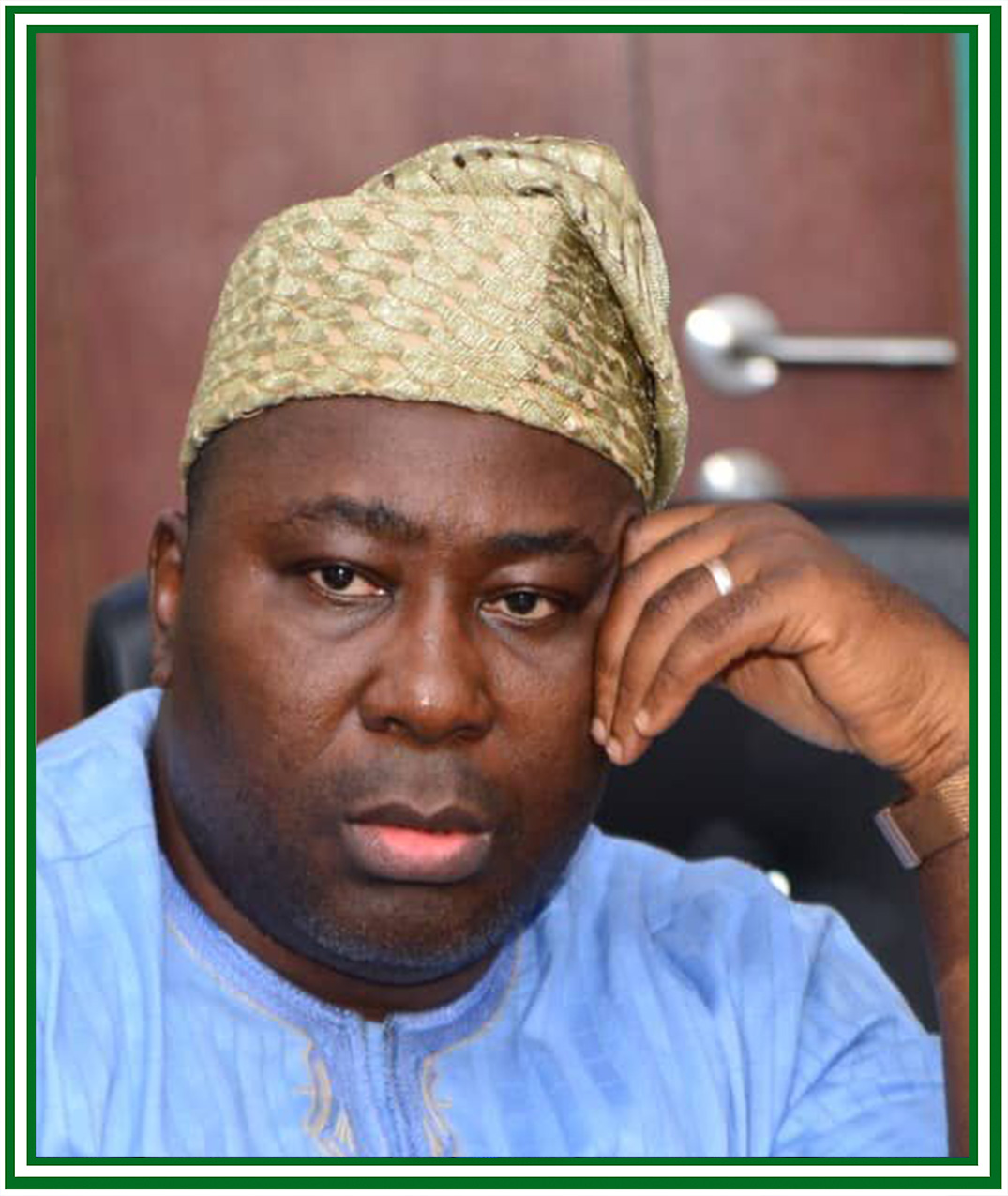Physical and Life Sciences
Overview
The department of Physical and Life Sciences was created in September 2021 with the mandate of exploitation and exploration of space through the application of Natural sciences in microgravity environment. The guiding principles of the study is, the use of the space environment to solve complex problems in natural sciences so as to deliver both new knowledge (innovations) that will enhance socio-economic development of the nation and deliver practical benefits for humankind.
The natural sciences are a branch of sciences concerned with the description, prediction, and understanding of natural phenomena based on empirical evidence from observation and experimentation.
In line with the above, the Department has five (5) Divisions: Life Sciences, Physical Sciences, Health Sciences, Data Science, and Instrumentation.

Prof. Ayantunji Benjamin G.
Head of Department
THE DIVISIONS
- Life Sciences with the primary aim is to build a better understanding of how spaceflight affects living systems in spacecraft such as the International Space Station (ISS), or in ground-based experiments, and to prepare for future human exploration missions far from Earth.
- Physical Sciences with the primary aim to provide basic scientific knowledge, results leading to societal benefit, and contributions to the basic understanding underlying space exploration technologies such as power generation and storage, space propulsion, life support systems, and environmental conditions.
- Health Sciences aim at development of new method of solving challenging health situation, especially, those peculiar to us as Africans
- Data Science with the primary aim of data computing interpretation
- Instrumentation
Physical and Life sciences deal with foundational areas of scientific research that enable human life in space ― including critical issues around space radiation, fire suppression, power generation, and navigation ― and that drive innovation on Earth. Past research has had broad impacts, leading to the development of unique materials, advancing our understanding of human aging and musculoskeletal health leading to the development of new drugs, changing our understanding of the universe’s physical nature, and providing insights into plant, animal, and microbial health leading to improved antibiotics. Improved crop yield on earth, manufacture materials from lunar and Martian resources, and reduce the health risks of extended space exploration.
DEPARTMENT OBJECTIVES
Physical & Life science as a department was established with broad objectives to
- Carry out research in all fields of space Physical and Life science and this include solid earth geophysics, atmospheric studies, astrophysics, astronomy, space biology, space chemistry, planetary science
- Space exploration and exploitation
- Nigeria Astronaut program
- Space science instrumentation
- Study the impact of space exploration to human life.
Members of Staff
| Name | Degree | Designation | Department | |
|---|---|---|---|---|
| Tola Dami | tola.dami@nasrda.org | MBA | Admin | Administration |

